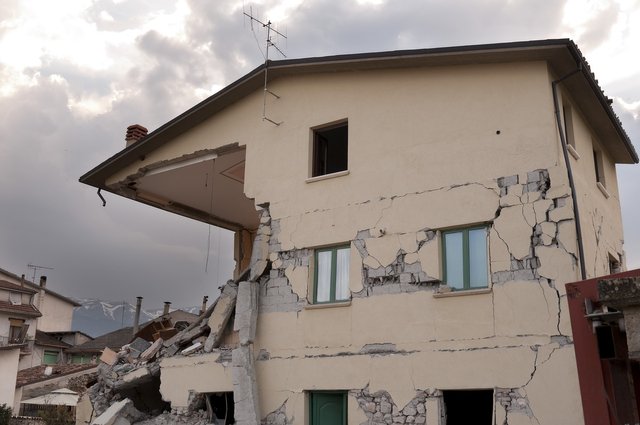There is no single "generally hazardous" tremor on the planet, as quakes can be perilous for various reasons. A portion of the elements that add to the peril presented by a tremor include:
Extent:
The size of a tremor alludes to how much energy is delivered by the seismic occasion and can give a general feeling of the possible harm and obliteration a quake can cause. Bigger seismic tremors can possibly cause more harm.
Profundity:
Seismic tremors that happen nearer to the surface are for the most part more hazardous than those that happen further underneath the ground. Shallow tremors can cause more harm because their energy is all the more handily moved to the surface.
Area:
The area of a seismic tremor is likewise significant, as quakes that happen in thickly populated regions can cause more setbacks and harm. Seismic tremors that occur close to a significant framework, like dams, can likewise represent a more serious risk.
A few instances of generally critical and harming quakes incorporate the 2004 Indian Sea seismic tremor and torrent, the 2010 Haiti quake, and the 2011 Tōhoku quake and tidal wave in Japan.
The following are a couple of additional instances of seismic tremors that have caused critical harm and death toll:
The 1906 San Francisco seismic tremor, which had an extent of 7.9 and caused far and wide harm and flames that crushed a significant part of the city.
The 1923 Extraordinary Kantō seismic tremor in Japan, which had an extent of 7.9 and caused far-reaching harm and flames in Tokyo and Yokohama, bringing about more than 140,000 passings.
The 2008 Sichuan seismic tremor in China, which had an extent of 7.9 and caused far-reaching harm and avalanches, brought about more than 87,000 passings and left a huge number of individuals destitute.
The 2015 Nepal tremor, which had a size of 7.8 and caused far-reaching harm and avalanches, bringing about north of 9,000 passings and leaving a huge number of individuals destitute.
These tremors act as tokens of the potential for decimating outcomes when quakes happen in populated regions. Networks really must be ready and have plans set up to answer quakes, to limit the death toll and harm to property.
